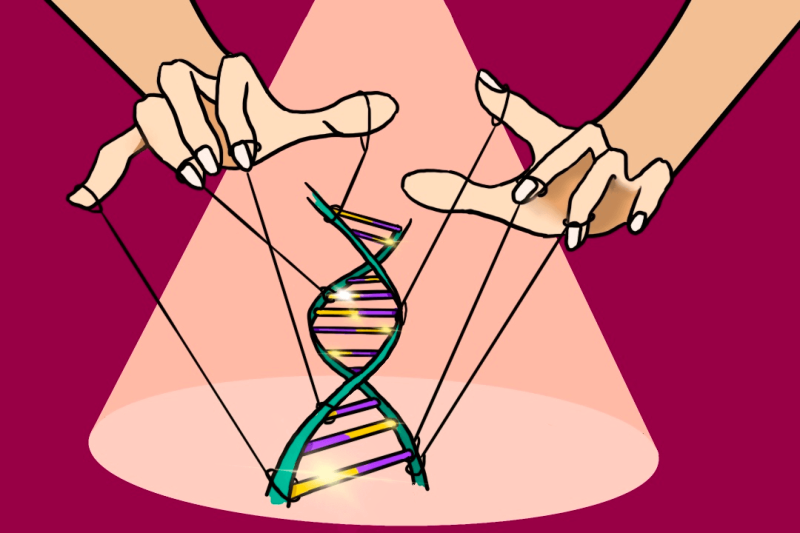The ability to edit eukaryotic DNA entails an almost limitless ability to alter the genetic makeup of the plants that become our food. Recently, scientific attention has been directed to applying a class of new gene-editing techniques that utilize CRISPR to food crops for the introduction of commercially desirable traits. Gene-edited crops can have a positive impact on food productivity, quality, and environmental sustainability, and CRISPR is unique in its relative simplicity, robust flexibility, cost-effectiveness, and wide scope of use.
In general, the EU subjects agricultural products edited with CRISPR technology to the full suite of genetically modified organism (“GMO”) premarket approval, safety, and labeling requirements.
…
In contrast to the EU approach, the United States does not currently regulate CRISPR-edited agricultural products as GMOs. The United States regulates biotechnology and genetic modification in food through a “Coordinated Framework” between the U.S. Department of Agriculture (“USDA”), Food and Drug Administration (“FDA”), and Environmental Protection Agency (“EPA”).
…
The regulation of CRISPR-edited agriculture is continuing to develop across the world, with notably different approaches and outcomes. While the European Union expressly considers CRISPR-edited agriculture to be “genetically modified” and subject to associated regulations, the United States generally does not currently consider CRISPR-edited agriculture to be “genetically modified.”































